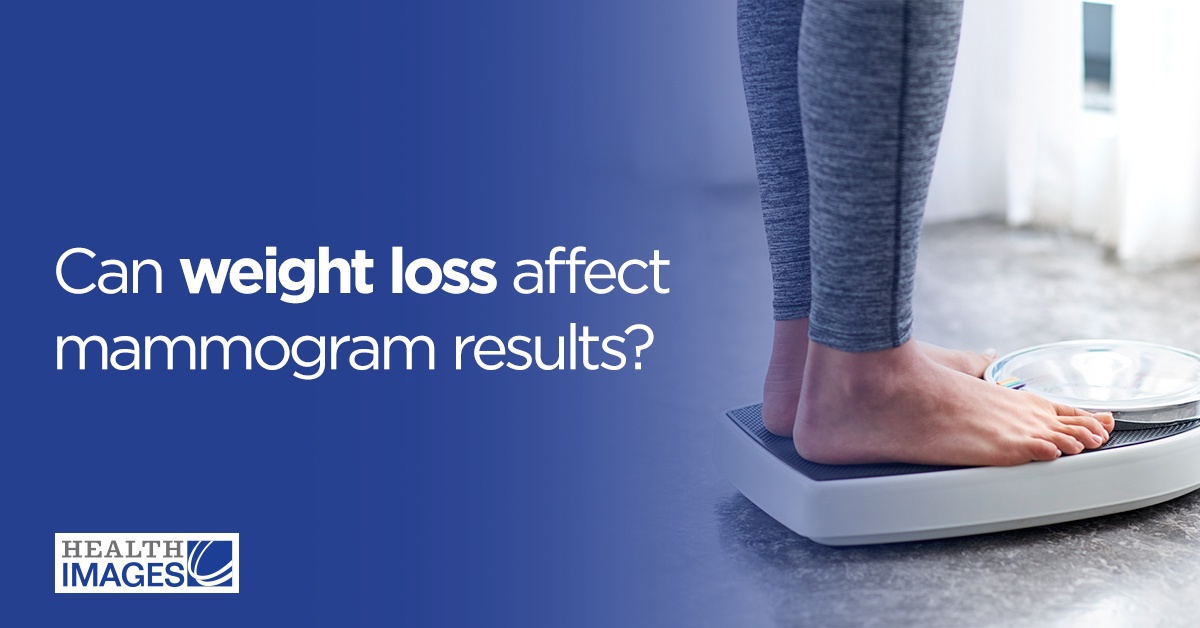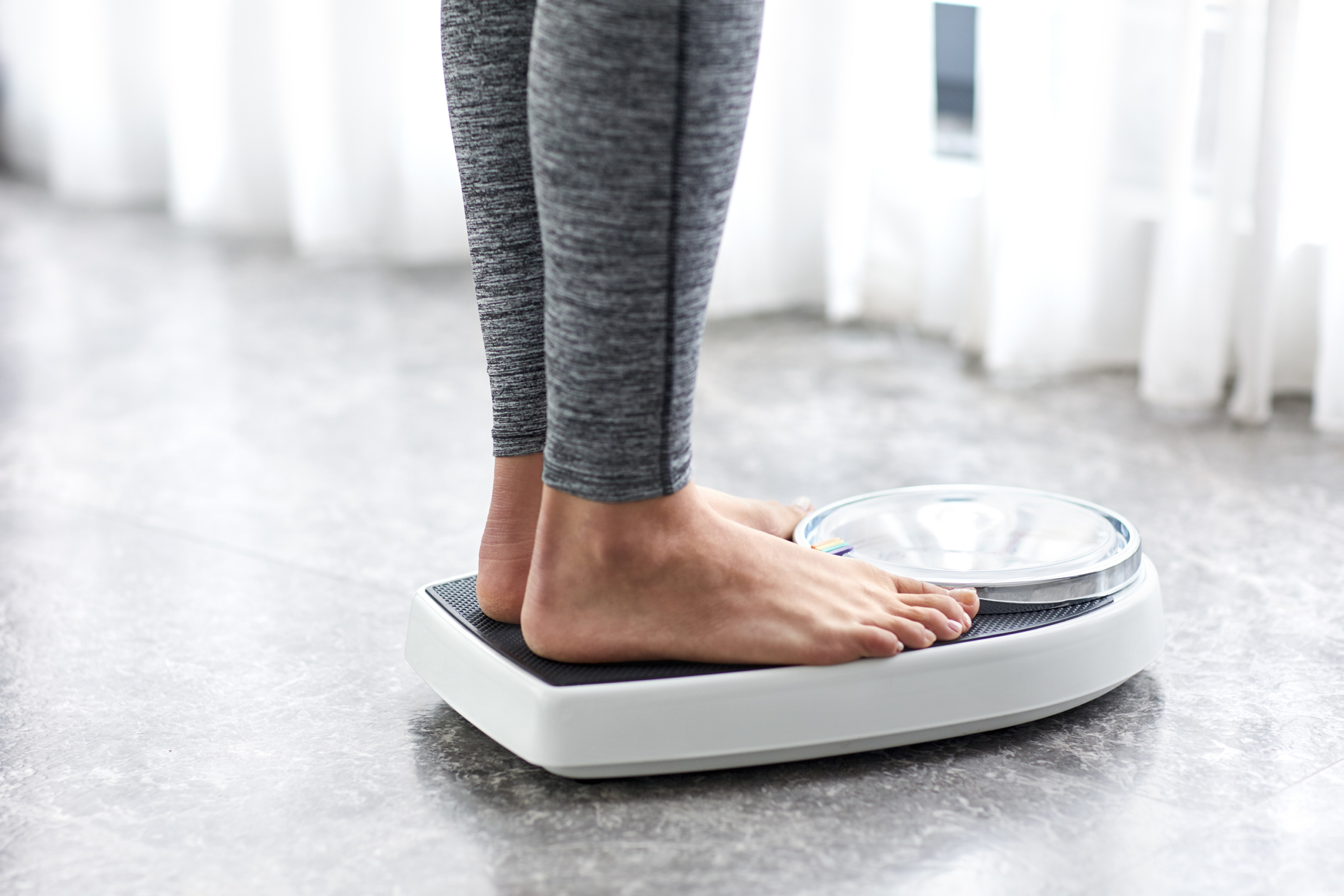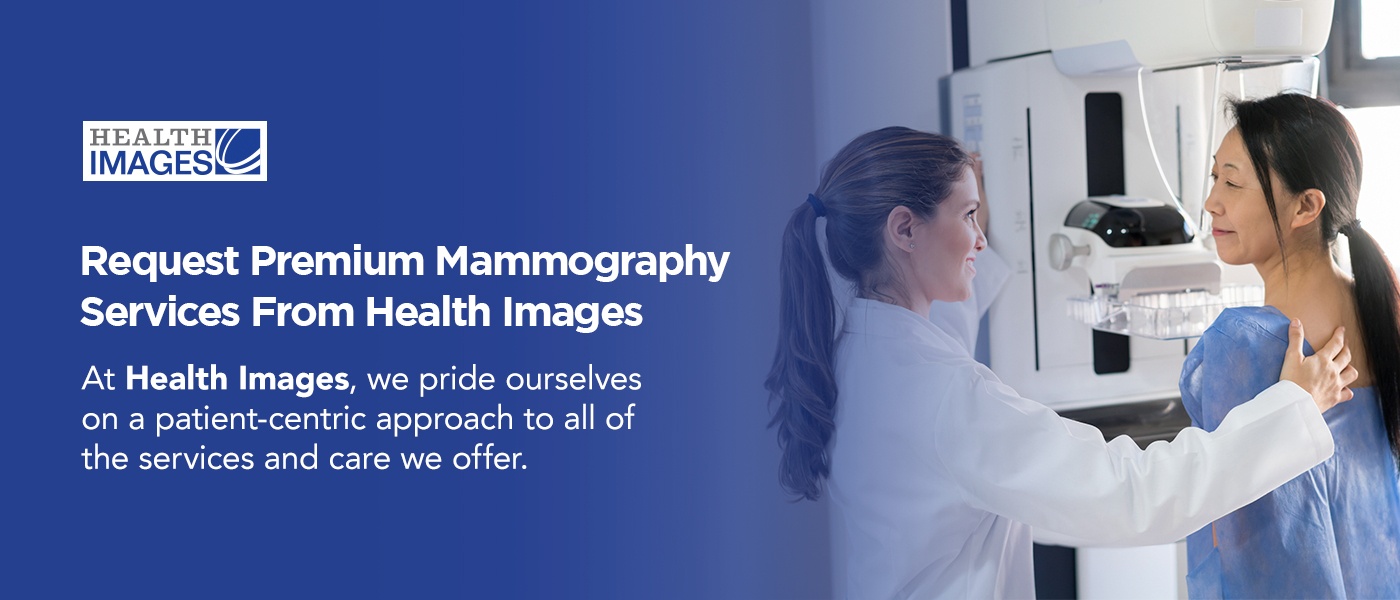Can Weight Loss Affect Mammogram Results?

Generally, weight loss helps improve health and shed fat, leading to positive lifestyle changes. However, there is one thing to consider if you are losing a substantial amount of weight. Since breasts are composed of fatty tissue, lobes, glandular tissues, milk glands and your lymph system, losing weight can affect the results of a mammogram.
If you are losing weight and shedding some of the fatty tissue in your breasts, the breast’s composition begins to change. This change in composition can be responsible for impacting the density of breasts that show up in a mammogram.
Since weight loss can be responsible for changes in the breast’s composition, you may want to consider scheduling another mammogram to make sure nothing has changed. If you notice changes in density, texture or how your breast feels, it is good to schedule a mammogram.
Gaining a substantial amount of weight can also have a similar effect. Weight gain can cause abnormal mammogram results and the amount of fat in your breasts to increase and change the overall composition. If you think you have had any change in how your breasts feel, it is best to see a physician. You can also perform monthly self-examinations to monitor these differences, especially when following a weight loss plan where you expect to lose considerable weight.
How Does a Mammogram Work?
Mammograms can diagnose breast cancer in its early stages before any lump can be felt and detected through self-examination. In this stage, the cancer is easier to treat. Each year, approximately 281,550 women are diagnosed with breast cancer. If you notice any change, it is a good idea to get your breast examined in a mammogram.
A mammogram uses a machine designed only to examine breast tissue. During a mammogram, a machine with two plates compresses the breasts to flatten and spread the tissues. This makes the breast tissue easier to examine and requires lower x-rays doses. X-ray images of each breast are taken, usually from a few different angles. The radiologist will then examine these x-rays for tumors or any abnormal tissues.
Although screenings can come back with abnormal areas in the breast, it can not always be determined if the area is cancerous. This information will help to decide whether more testing is needed. If a screening mammogram shows changes to your breast or if you display breast cancer symptoms, you may need a diagnostic mammogram. Diagnostic mammograms include extra images and views not included in a screening mammogram.
Within mammograms, there are usually three main things radiologists look for:
- Calcifications: Small white spots are known as calcium deposits that occur within the breast tissue. These calcifications may or may not be cancerous. The shape and layout of these deposits help a physician determine whether the change is due to cancer. There are two types of calcifications, including microcalcifications and macrocalcifications. Macrocalcifications are a larger type of calcium deposit that occurs due to age. On the other hand, microcalcifications are smaller calcium deposits that may be more of a concern than macrocalcifications.
- Masses: These are areas of dense breast tissue with a shape and edges that make them appear abnormal from the rest of the breast tissue. Like calcifications, masses may or may not be cancerous. Solid masses are more concerning because fluid-filled masses are likely to be cysts. The size, shape and margins of a mass can help decide whether it is cancerous. A fluid-filled mass and a solid mass may feel the same, requiring further testing with a mammogram or other breast cancer test.
- Breast density: This report shows how fibrous and glandular tissues are distributed in your breast compared to your fatty tissues. Denser breasts are breasts with many fibrous or glandular tissues and not much fat.
How Can Losing Weight Change Your Mammogram?
Breast density is directly affected by weight loss. If you are losing fatty tissue in your breasts, you will have increased breast density since there is less fatty tissue compared to glandular tissues. Denser breasts are linked to a higher risk of breast cancer.
Women whose mammogram shows extremely dense breasts can get a mammogram call-back after weight loss. Dense breasts make it more difficult to detect cancer since dense breast tissue looks white, and masses or tumors would also appear white in a mammogram image. Fatty tissue shows up dark, almost black, so there is more contrast in a mammogram with less dense breasts.
The lack of contrast with dense breasts makes it difficult to properly determine normal versus abnormal breast growths and may require more testing to detect if cancer is present. It also makes it easier for cancerous growth to hide behind the normal breast tissue. Mammograms are an essential imaging test because breast cancer, behind skin cancers, is the most common cancer in American women.
When Should I Schedule a Mammogram?
If you have lost weight, you may wonder when you should schedule a mammogram. If you lose a pound here and there, this shouldn’t be enough to change the composition of your breasts. Your mammogram will only be affected if you have experienced significant weight loss since your last mammogram. With this being said, there is no right or wrong time when to get a mammogram.
It is generally recommended to schedule a mammogram if you are unsure if weight loss has changed the composition of your breasts. While self-examinations are a useful tool to consider, you may want to follow these guidelines to determine if you should schedule a mammogram:
- If you have lost a considerable amount of weight
- If you have experienced changes in the texture or thickness of the skin on your breasts
- If you experience a drastic change in size or shape of one of your breasts
- If you have experienced discharge
- If you have a family history of breast cancer
- If there are new lumps in the breasts or changes in the way they feel
- If you are experiencing pain in your breasts
- If you are 45 to 54 years old, you should begin to get annual mammograms
Request Premium Mammography Services From Health Images
At Health Images, we pride ourselves on a patient-centric approach to all of the services and care we offer. World-leading diagnostic imaging services and the highest level of patient care are at the core of all we do. Our diagnostic imaging equipment is innovative and helps ensure all patients receive the most accurate test results possible. Request a screening mammogram today at Health Images.
Sources:
- https://www.healthimages.com/services/mammography/
- https://seer.cancer.gov/statfacts/html/breast.html
- https://www.healthimages.com/breast-ultrasound-vs-mammography/
- https://www.healthimages.com/what-do-spots-on-mammogram-mean/
- https://www.ncbi.nlm.nih.gov/books/NBK279/
- https://www.breastcancer.org/symptoms/benign/cysts
- https://www.healthimages.com/breast-density-on-mammograms/
- https://www.cancer.gov/types/breast/breast-changes/dense-breasts
- https://www.healthimages.com/common-reasons-for-getting-called-back-after-a-mammogram/
- https://www.cancer.org/cancer/breast-cancer/about/how-common-is-breast-cancer.html
- https://www.cancer.org/healthy/find-cancer-early/american-cancer-society-guidelines-for-the-early-detection-of-cancer.html
- https://www.healthimages.com/services/
- https://www.healthimages.com/screening-mammogram-request/





